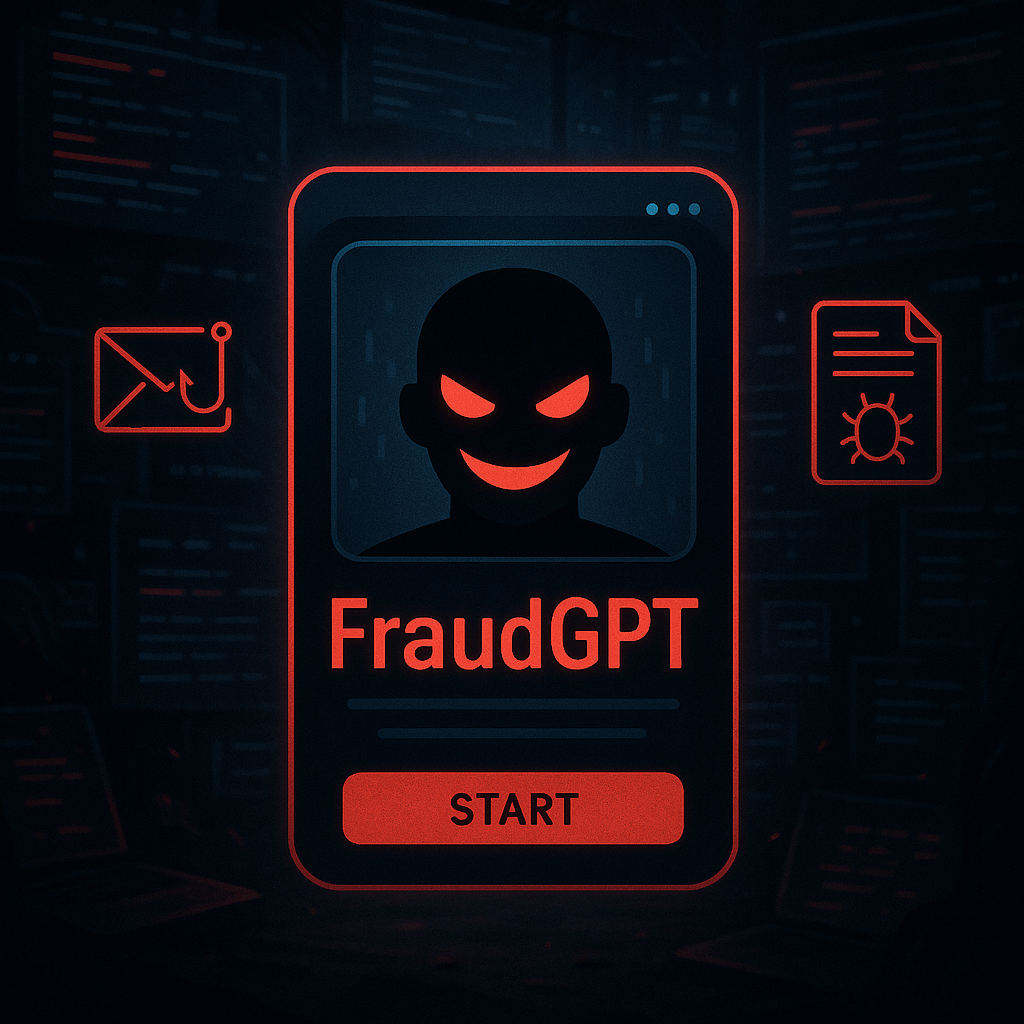Table of Contents
Quishing Explained
In the realm of cyber threats, quishing attacks, also known as QR code phishing, have emerged as deceptive tactics employed by cybercriminals. These attacks manipulate QR codes to lure unsuspecting individuals into visiting fraudulent websites, with the ultimate aim of either extracting sensitive information or distributing malware.
How Quishing Works
Quishing attacks leverage QR codes and deceptive messages to trick individuals into scanning the codes, ultimately leading them to fraudulent websites where sensitive information may be harvested or malware deployed. These attacks exploit trust and deception to achieve their malicious objectives. Below illustrates the various steps taken and what to look out for during an attack:
-
Deceptive QR Code Message Delivery: Cybercriminals send deceptive messages, often appearing as emails or messages from trusted sources. These messages contain QR codes alongside persuasive content, encouraging recipients to take action.
-
Recipient Interaction: Victims scan the QR code using their mobile devices, believing it to lead to a legitimate website. Attackers employ tactics like domain spoofing and convincing design to make the fraudulent site appear genuine.
-
Fraudulent Redirection & Malicious Action: Instead of the expected site, the QR code redirects victims to a fraudulent website controlled by the attackers. On the fake website, victims are prompted to provide sensitive information or may unknowingly download malware.
-
Exploitation & Fallout: If victims enter sensitive information or follow instructions, attackers achieve their goals, which may include data theft or malware distribution. Quishing attacks can result in financial losses, unauthorized access, or other damaging outcomes for victims.
Explore More Articles
Say goodbye to Phishing, BEC, and QR code attacks. Our Adaptive AI automatically learns and evolves to keep your employees safe from email attacks.

/Concentrix%20Case%20Study.webp?width=568&height=326&name=Concentrix%20Case%20Study.webp)












